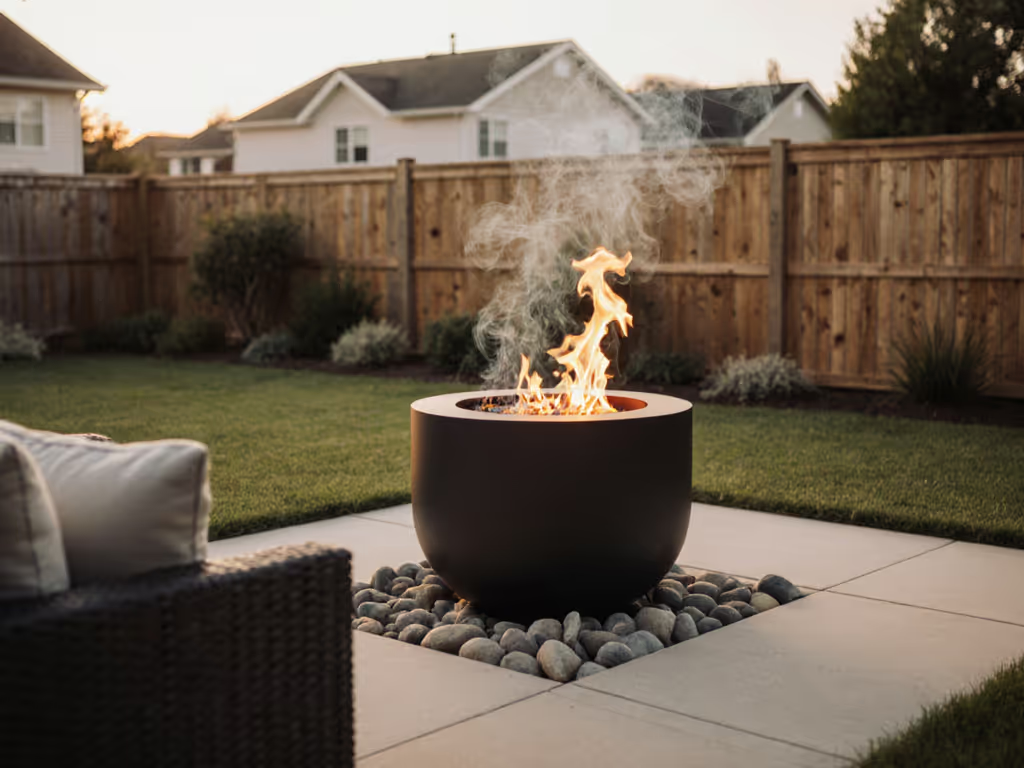
Build Your Perfect Round Fire Pit: Custom Feature Guide
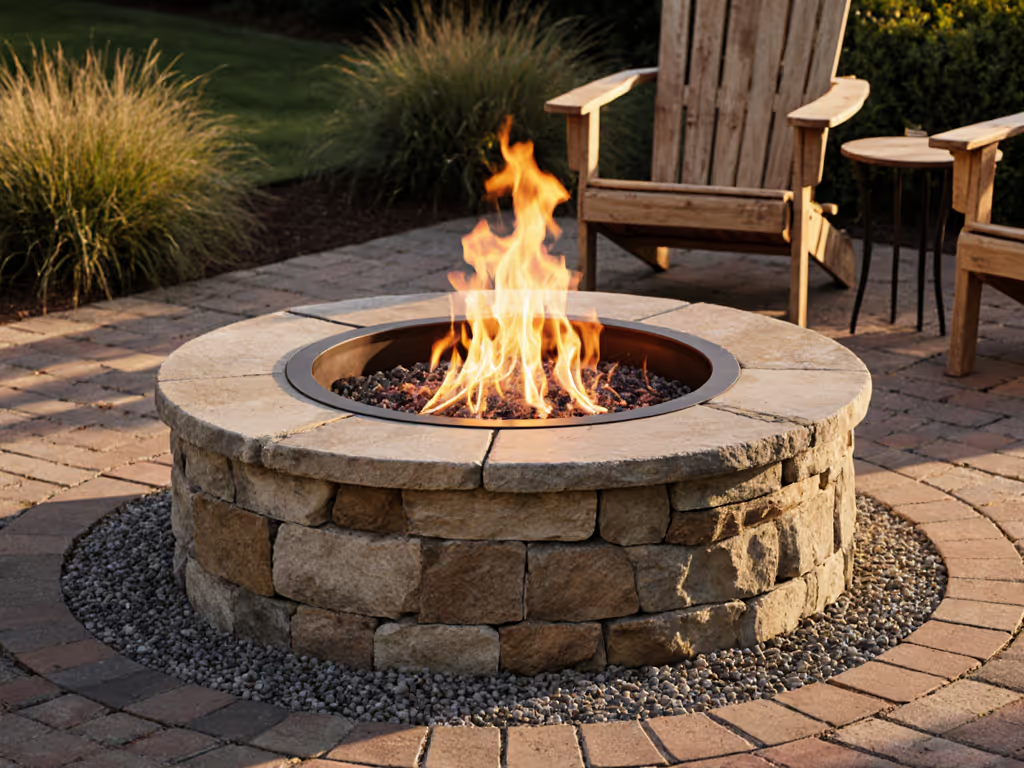
When you prioritize human comfort in your round fire pit design, you transform it from a backyard appliance into a personalized fire feature that actually works for your space. Forget cookie-cutter builds (true warmth happens when heat, seating, and wind flow in harmony). Comfort isn't accidental; it's calibrated through distance, height, flame, and mindful hosting. After years mapping thermal zones in cramped urban yards, I've seen how stepwise tweaks prevent jacket zips, quiet coughs, and awkward early departures. Let's build yours to feel effortless.

1. Start with Your Seating Map (Not the Pit Specs)
Most guides begin with digging holes or stacking blocks. Stop. Your first step is people mapping:
- Measure your current seating radius when hosting. How close do guests actually sit? (Hint: It's rarely 6+ feet.)
- Note microclimates where wind cuts through your space, cold spots near fences or under eaves often need repositioning.
- Track shoulder vs. knee comfort like I did at my backyard movie night. When flames licked knees but shoulders shivered, conversations died.
This is where modular fire pit components shine. A pit ring adjustable by 2-inch increments lets you test heat spread before building. If you're still weighing permanence, see our in-ground vs portable comparison. Place a temporary circle (use rope + spray paint) and host a dress rehearsal. Watch where jackets come off (that's your real hearth boundary). Small moves, big mood.
2. Zone Your Heat for Conversation Flow
Your round fire pit isn't just a heat source (it's a conversation catalyst). For data on warmth radius and comfort zones, explore our heat patterns study.
Comfort is calibrated: distance, height, flame, and mindful hosting.
- Intimate zone (18-24" from edge): Best for two people. Keep flames lower here (max 12" high) to avoid face heat. Ideal for pellet or gas burners.
- Social zone (25-48" out): Accommodates 4-6 guests. Flames should barely breach seated eye level. Critical fix: If guests lean back or cover faces, your pit's too tall.
- Wind buffer zone (49-72"): Place seating here only if walls or screens block prevailing winds. Otherwise, smoke drift will hit guests.
In townhome courtyards, I swap tall pits for shallow bowls (10-14" deep). The lower profile radiates warmth sideways, not upwards, so smoke clears faster. For wooden decks, elevate pits on non-combustible bases (like pea gravel) to prevent heat reflection under seating.
3. Tame Wind Without Killing Ambiance
Crosswinds turn cozy nights into smoke-choked ordeals. But bulky wind screens kill the flame's dance. If wind is your main pain point, our wind-resistant fire pits guide shows which designs perform best in breezy yards. Try these bespoke fire pit options instead:
- Position asymmetrically to prevailing winds: Place 70% of seating downwind of the pit. Yes, you read that right (when wind comes from north, seat guests south/southeast). Rising heat pushes smoke away from them.
- Use "invisible" deflectors: A 12"-tall brick half-wall on the upwind side (hidden by foliage) redirects airflow without enclosing the space.
- Adjust flame height dynamically: With gas pits, keep flames low (3-4") when breezy, tall flames catch wind easier. Wood users: Stack logs vertically for focused, wind-resistant fire.
Pro tip: Watch how pets move. If dogs circle or cats flee, your guests feel drafty too, reposition seating before relighting.
4. Choose Fuel for Quiet Comfort, Not BTUs
Forget raw power claims. Your personalized fire feature must balance warmth with neighbor harmony. Prioritize these sensory cues:
| Fuel Type | Best For | Quiet-Host Fixes |
|---|---|---|
| Propane | Balconies, composite decks | Use electronic ignition (no click-hiss); hide tanks under tables. Brands like TLGREEN prove 50k BTU doesn't mean loud operation. |
| Pellet | Allergies, smoke sensitivity | Place upwind of seating; pellets produce 60% less PM2.5 than wood (per EPA combustion studies). |
| Wood | Large backyards, low wind | Only burn seasoned wood (≤20% moisture); stack logs with airflow gaps to minimize smoke. |

TLGREEN Propane Fire Pit Table 42in
Gas models excel for townhomes where HOAs restrict wood. For the full picture on fuel, read our gas vs wood guide. Look for auto-ignition (no manual lighting fumbles) and covers that seal against moisture (rust ruins propane components fastest in coastal zones). Avoid "smokeless" wood pits; they still emit odor if winds shift or wood's damp.
5. Design for Zero-Aftermath Hosting
The true test of a round fire pit? How fast you can reset for morning coffee. Prioritize:
- Deck safety: Confirm your composite brand's heat tolerance (some melt at 175°F). Always use a 36" radius ember mat, check surface temps with an IR thermometer post-burn.
- Fuel storage: Hide propane tanks in side benches (ventilated!) or under tables. Store wood/pellets upwind of seating in critter-proof containers.
- Cleanup speed: Shallow bowls (≤14" deep) mean less ash to scoop. Gas pits? Just wipe the tabletop, no scrubbing grates.
I keep a "reset kit" by my patio: ash scoop, damp cloth, and a 2-gallon water jug. Post-event, I'm done in 90 seconds. No more dawn-time ash scattering.
Actionable Next Step: Your Comfort Test Tonight
Before buying materials, run this 10-minute test:
- Place a rope circle where you want the pit (standard 36-48" diameter).
- Sit in your usual host spot with a friend across from you.
- Note: Do you feel heat on your face? Is smoke drifting toward seating?
- Adjust the circle inward/outward until both say, "I'd stay here longer."
This reveals your true pit size (often smaller than you'd think). Now build that. Your guests won't just tolerate the chill; they'll linger, jackets off, leaning in. Because comfort isn't loud. It's the quiet hum of easy conversation, finally in tune.
Small moves, big mood.
Related Articles

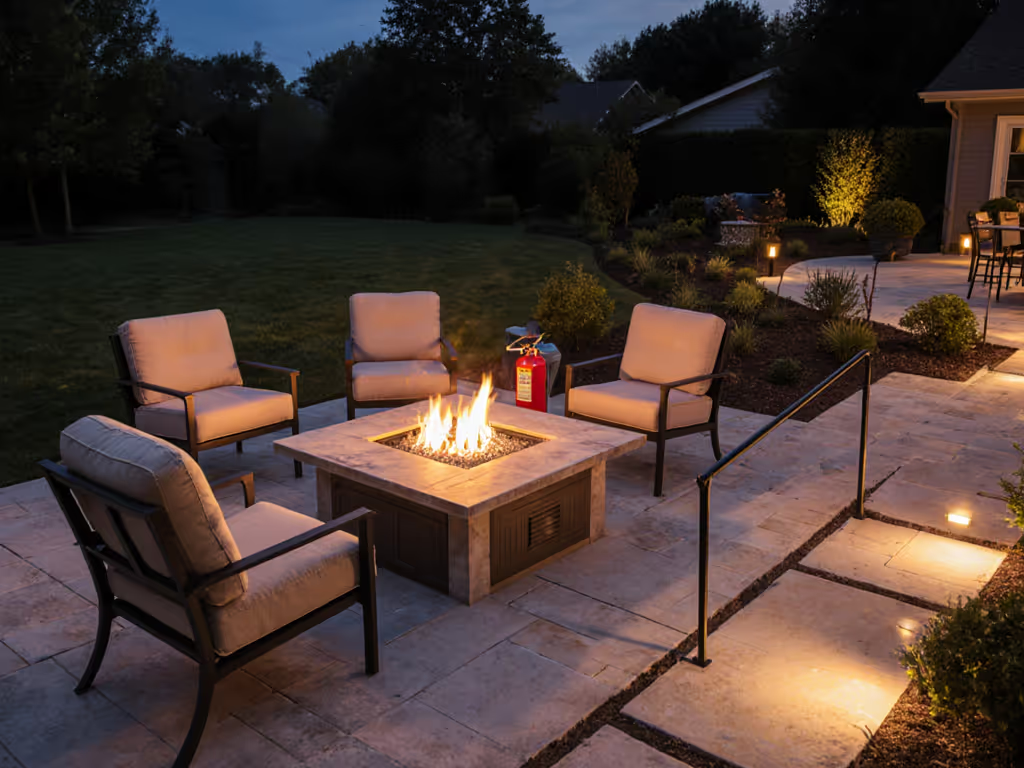
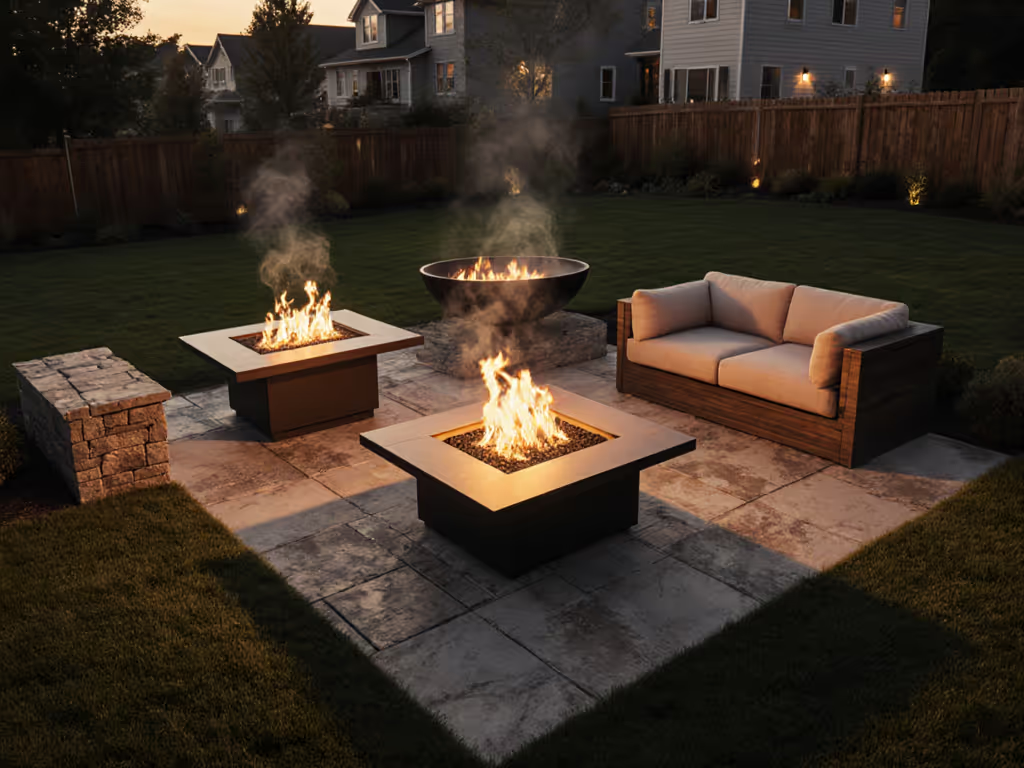
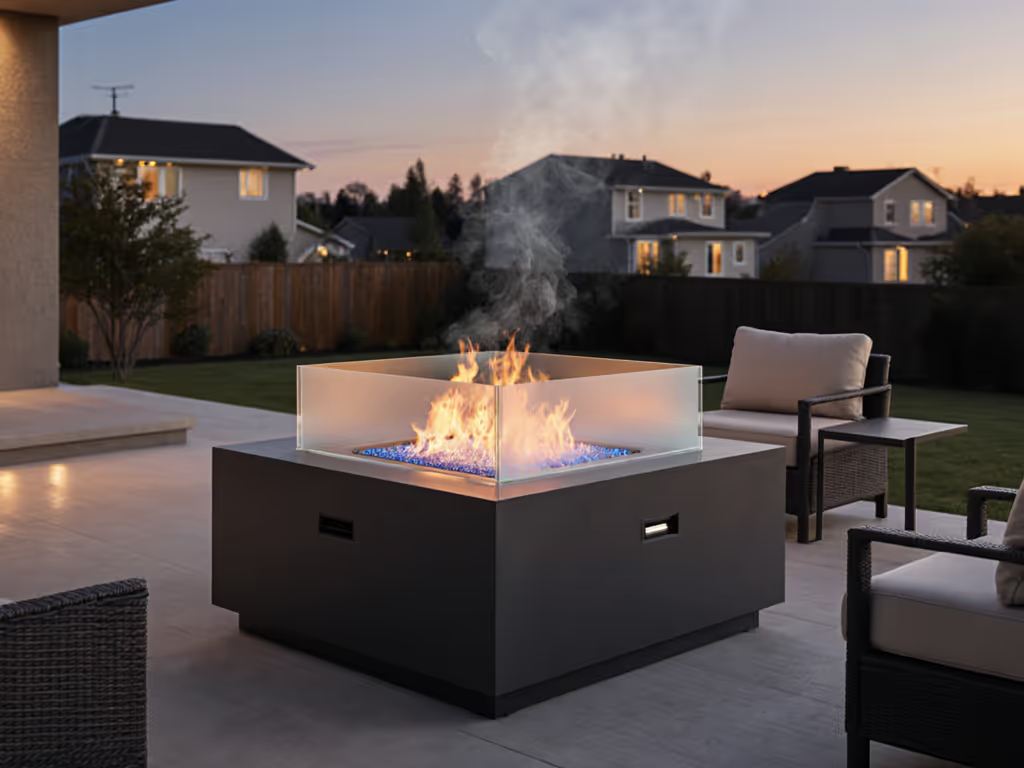
Fire Pit Trends 2025: Data-Backed Neighbor-Friendly Shifts

